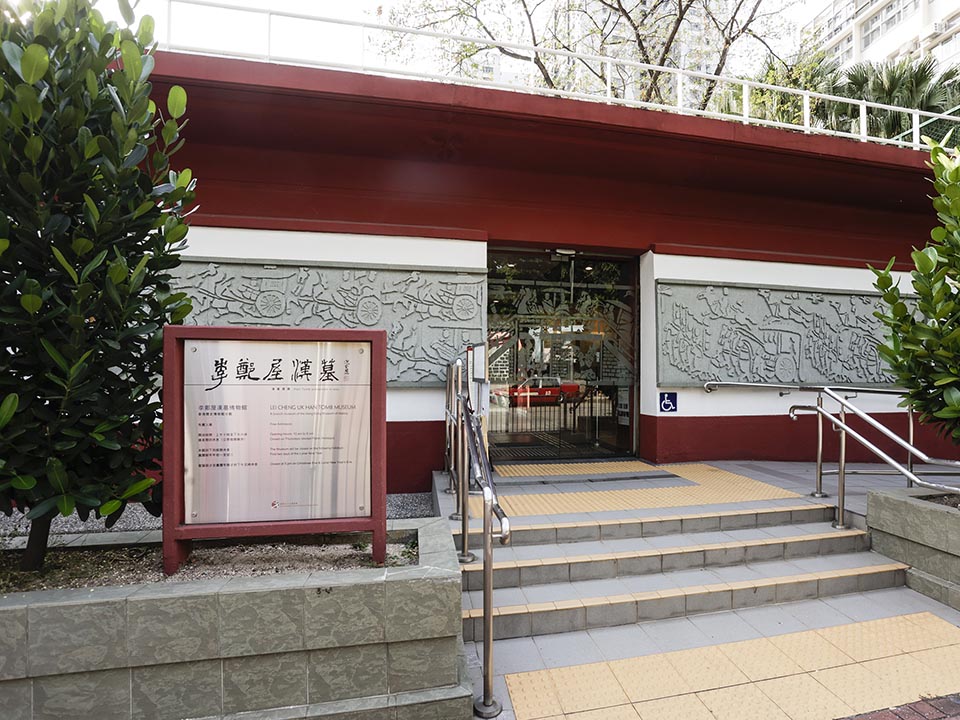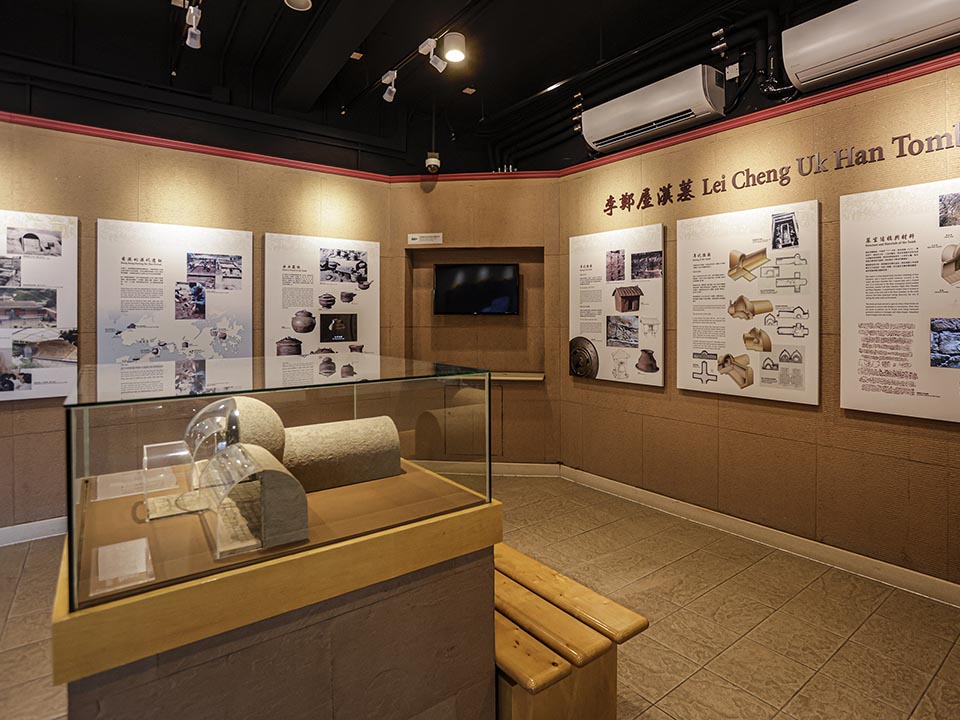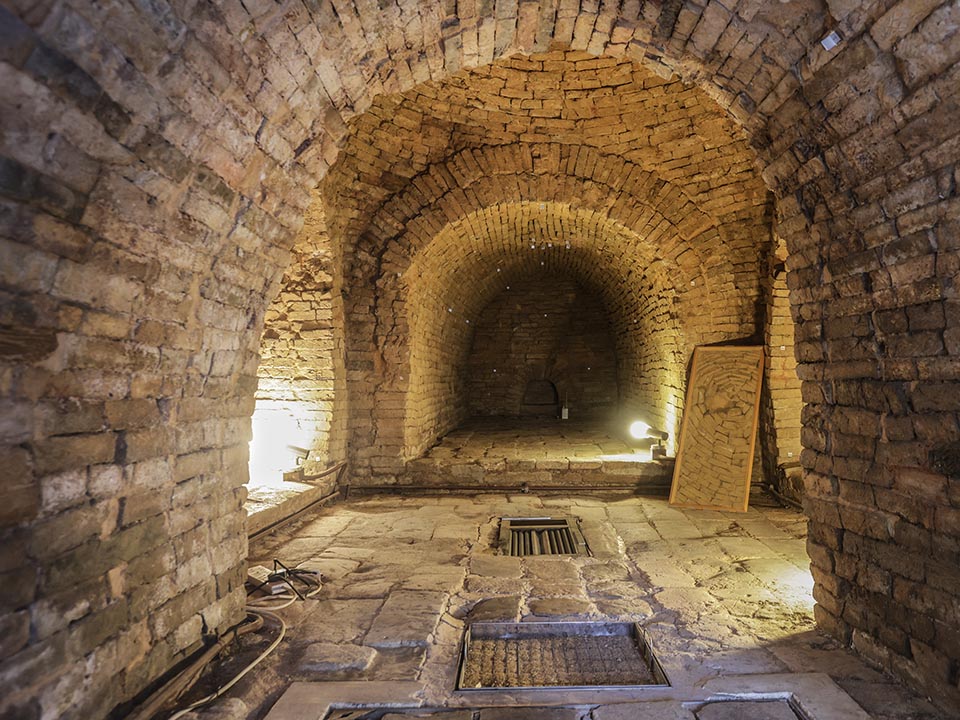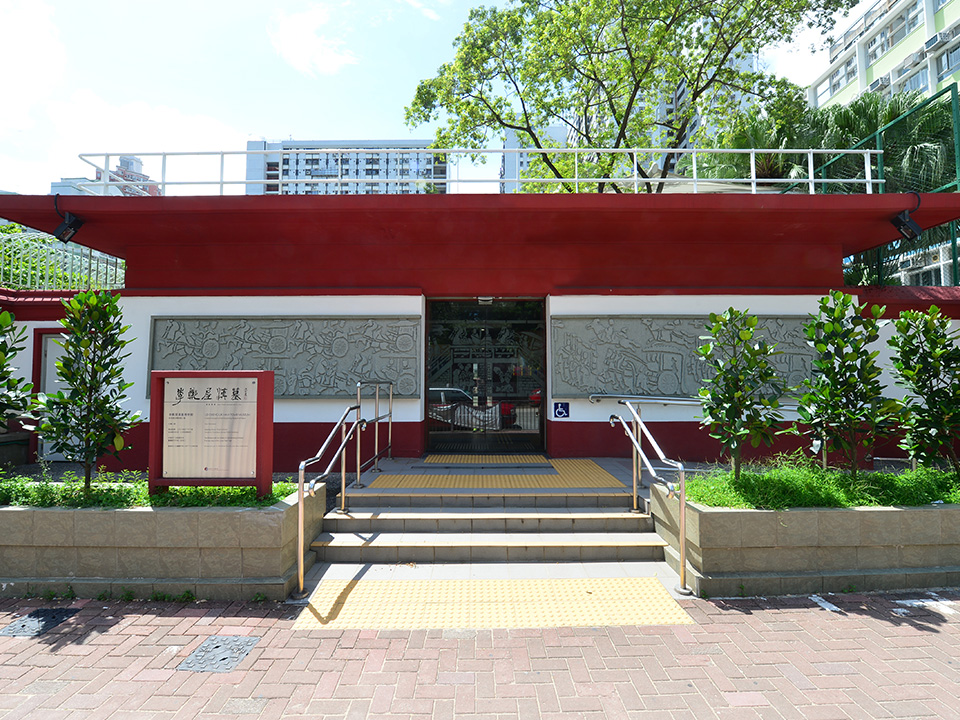
Speak now


I’m Sorry. I didn’t get that.
Hong Kong Tourism Board
Hong Kong Tourism Board
Lei Cheng Uk Han Tomb Museum
Travellers will enjoy visiting the Lei Cheng Uk Han Tomb Museum’s exhibitions which offer insight into the history, architectural features and archaeological finds of Lei Cheng Uk Han Tomb.







Content provided by Sassy Hong Kong
Tucked into the bustling urban landscape in Sham Shui Po is Lei Cheng Uk Han Tomb Museum. The Han Tomb is a declared monument which dates all the way back to the Eastern Han dynasty (25 to 220 AD). Visitors are offered a unique opportunity to have a glimpse at the only Han brick tomb unearthed in Hong Kong to date and appreciate cultural relics at its original site.
The discovery of the Lei Cheng Uk Han Tomb in 1955 was a watershed moment in Hong Kong’s history and archaeology. Unearthed during the construction of government resettlement estate, the Government has decided to retained the Han Tomb at its original site and to set up a museum to preserve the structure of the tomb and its cultural relics. Today, visitors can see artefacts excavated at the site at the museum, and glimpse inside the tomb through the glass panel at the entrance to the tomb. Entering the actual tomb is however prohibited for conservation reasons.
Upon entering the museum, you’ll find pottery and bronze wares found in the tomb in the museum’s permanent exhibition. Then continue to the real highlight, the brick tomb, witnessing firsthand the remarkable craftsmanship and attention to detail that went into the construction of the tomb through models and videos.
Be sure to make time to visit the Han Garden, located immediately next to the museum. It has traditional Chinese landscape architecture, featuring winding pathways, ornamental pavilions and serene water features. It certainly makes for a peaceful retreat from the busy Kowloon neighbourhood beyond the gates, and an excellent place to ponder the wonders you’ve seen in the museum.
Prepare to be transported to an era of opulence as you learn about the ancient traditions of the Han dynasty when you visit the Lei Cheng Uk Han Tomb Museum and Han Garden. From its beginnings as a burial site to its current status as a cherished cultural landmark, it continues to captivate and inspire.
Information on this page is subject to change without advance notice.
Information on this page is subject to change without advance notice.